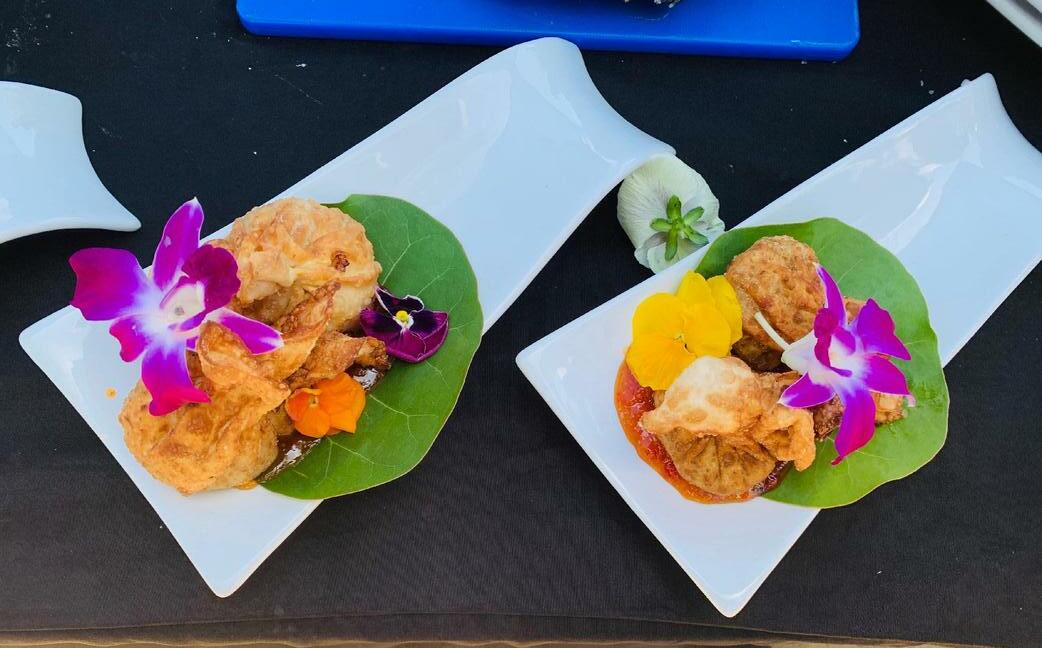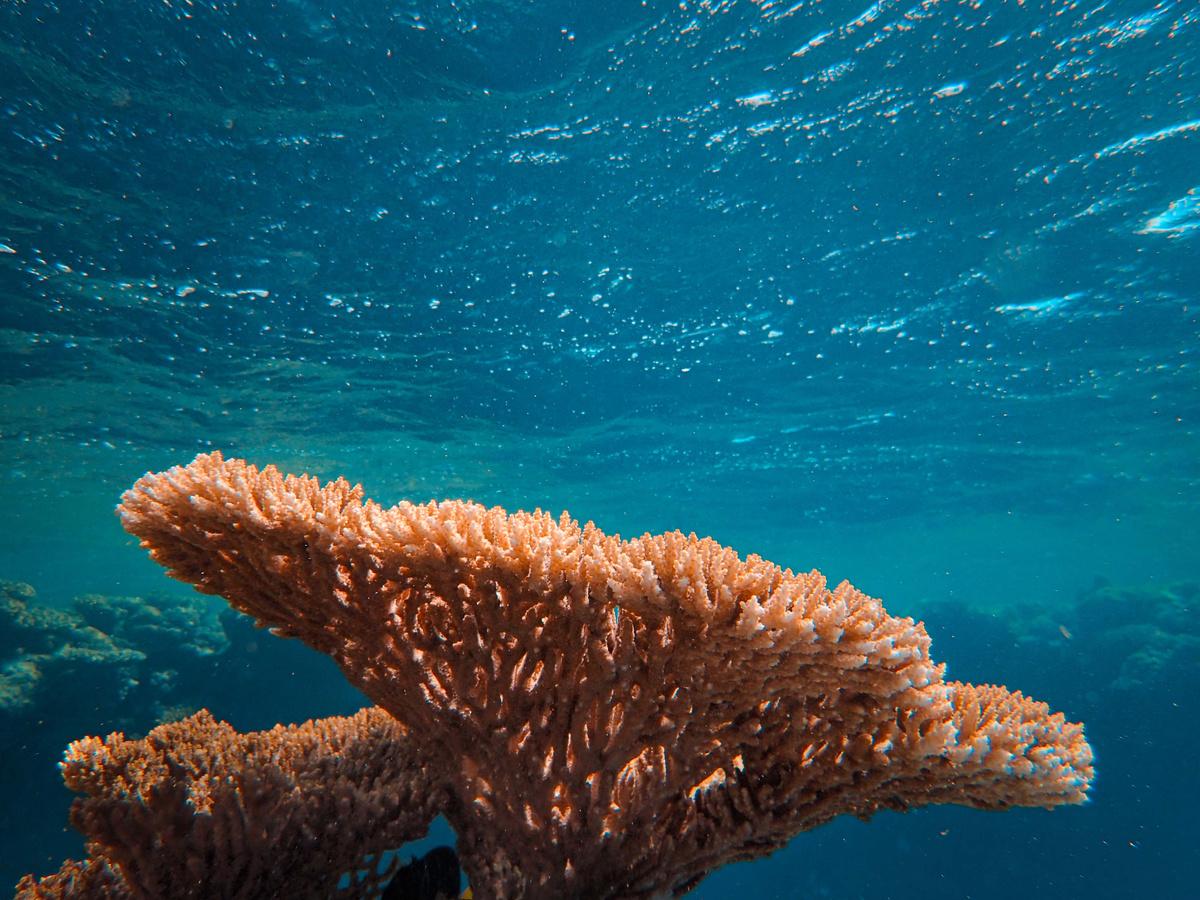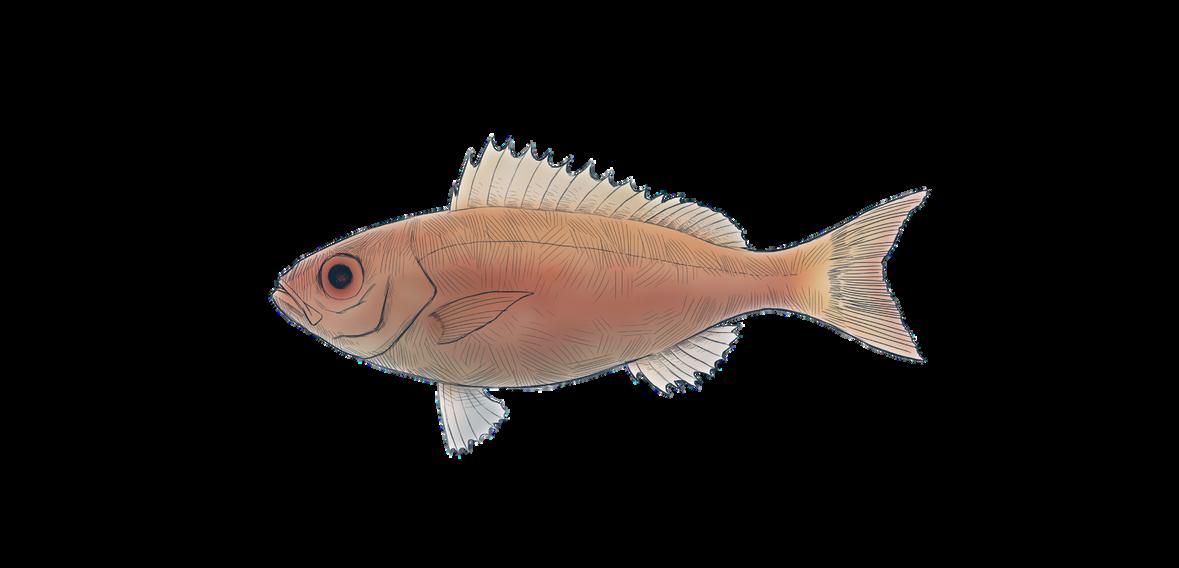NOAA NOAA FISHERIES CELEBRATES FISHERIES CELEBRATES


OCTOBER
By









We invite you all to join NOAA Fisheries in this celebration! In the US Caribbean, fish, conch, octopus, lobsters, for example, are important foods in the diet of our communities. They provide protein, vitamins and minerals essential to good health. Fishing for these organisms is also an important economic activity in our society. Therefore, it is necessary that consumers understand the biological and dynamic aspects of the species eaten in their natural habitat. It is also important that they understand the management measures that are applied for the protection and sustainable use of the species common in their plates.

By understanding these two aspects of the fishing industry, consumers can adjust their consumption demands to avoid eating species that are protected in some seasons and contribute to the protection of these populations. For example, some species have a closed season during part of the year and others are forbidden all year around. This means that their fishing is prohibited; therefore, those species should not be available at the fish market or restaurant menu in any of its culinary offerings. The sensible and sustainable behavior of a consumer is to buy other species besides those that are prohibited and/or have closed seasons There are numerous species without prohibitions that are equally nutritious and delicious.


The CFMC Sustainable Seafood Campaign: –Responsible ConsumerSustainable Fishery is an outreach and education effort targeting consumers at the fish markets and restaurants to promote consumer ’ s awareness on the importance of responsible fish and seafood consumption.
The main goal of the Campaign is to achieve sustainability of the fisheries and develop awareness among consumers to avoid consumption of species when they are prohibited and to consume less known species, but just as delicious and healthy.





This species is a schooling fish. It has an almond shaped body, pointed snout, and forked tail fin Generally, this fish is silvery white or cream, with touches of bronze or yellow, and striped with blue at its head. Its mouth is red and it makes a grunting noise by grinding its teeth together. It is considered a good quality fish and is marketed fresh. Served as panfish, some are large enough to provide small fillets



 Photo: NOAA CCMA Biogeography Team
Photo: NOAA CCMA Biogeography Team
Luciano “Papo” Vázquez
Santiago did not fish as a child. He learned how to fish as an adult, and then he turned his passion into a living. He was born in Yabucoa, PR the town where he still lives and from which he goes out fishing.

His wife, Aracelis Ferrer Vega, is a great support for him and a loyal companion. She usually does not go fishing with him, but she collaborates cleaning the fish and making deliveries.

She was raised close to the beach in Yabucoa Her brother used to fish, capture crabs and build traps. Her dad also used to build small vessels.

Papo became in love with this job through shore fishing. His son-inlaw gave him a boat and Papo continued fishing.
“It is very exciting,”Papo said while remembering a night when he fished a 48-pound snapper with a rod When you feel the strike it becomes something very fun. Fishing is a sport and it also can be a job if you endeavour towards it.

Papo goes out fishing during the afternoons. Along with other fishers, he catches a wide variety of species such as yellowtails, mutton snappers, snappers, and blue runners He sells his catches directly to his customers.
“We use my boat and two more boats We always take care of each other. We never go back before the last fisher weighs his anchor,” Papo assured. A teamwork and collaboration spirit prevails among them.
Likewise, there is a strong sense of belonging and commitment with the future of fishing among them. “If the fish length is less than the length allowed by the regulations, we have to release it,” Papo explained while recognizing the responsibility that all fishers have with the protection of the resource.

Faith, humbleness, and humanity are the best attributes to describe Aracelis and Papo Together, they raised two daughters, Zenaida and Yesenia, who also have gone fishing with their dad. Nowadays, Papo and Aracelis also take care of their granddaughters. Jannette Ramos García, from Puerto Rico Sea Grant, told us that in 2017, after Hurricane Maria, Papo and Aracelis lost their house (this house was built by Aracelis's parents). Even though they were having a hard time, they held a meeting with the fishers of the area and organized the dis b f h f h d d d b PRSG and s are

Papo, like other fishers, have a concern regarding certain changes that he has seen in the sea since the moment he began fishing until the present. “When I lift the anchor, I feel that the anchor is hot; water is hot Also, I am worried about the amount of sargassum that is arriving on our coasts,” Papo expressed.
Papo plans to continue fishing, an activity that for him, is more than a job; it means emotion, enjoyment.
The CFMC thanks Papo Vázquez, Arecelis Ferrer, and Jannette Ramos for the interview and the pictures provided







